Looking to reduce sugar in your diet? Spices like cinnamon, cardamom, and nutmeg can naturally enhance sweetness without added calories. Here's how to replace sugar with spices for healthier cooking and baking.
In this article, we’ll explore creative and delicious ways to use spices to replace or enhance sweetness in your cooking. Whether you're a seasoned chef or a weekend baker looking to cut down on refined sugar, these spice hacks will open up a whole new dimension of flavor — naturally.
Why Substitute Sugar?
Before diving into the spice-based alternatives, let’s take a quick look at why someone might want to reduce or eliminate regular table sugar:
- Health benefits: Reducing added sugars can improve heart health, weight management, and blood sugar levels. According to the American Heart Association, limiting added sugars to less than 6 teaspoons per day for women and 9 for men significantly reduces cardiovascular risks.
- Natural alternatives: Many spices contain compounds that activate sweetness receptors on your tongue, creating the perception of sweetness without actual sugar.
- Versatility: Spices offer complex flavors beyond simple sweetness, giving dishes more depth and intrigue.
- Dietary needs: From keto to paleo, clean eating has never been so popular, and sugar substitutes play a big role.
The Spice Rack Sweet Squad
Certain spices don’t just add warmth or bite — they also bring out subtle sweetness or provide a satisfying alternative when used cleverly. Let’s break down some of the most effective spices and spice blends you can use to cut back on sugar while still delivering sweet satisfaction.
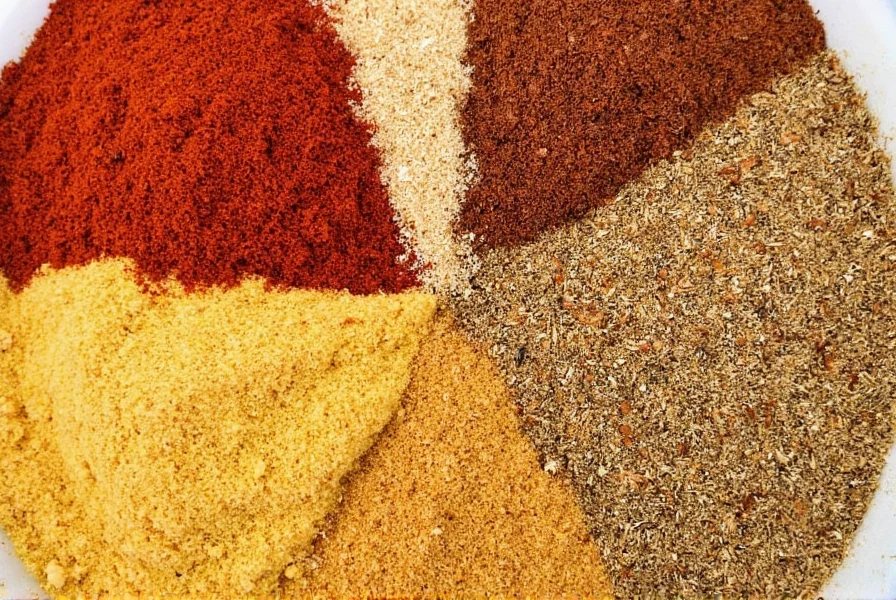
1. Cinnamon
Perhaps the most well-known spice for mimicking sweetness, cinnamon adds a warm, rich flavor that tricks your taste buds into thinking something is sweet without adding any actual sugar. Use it in oatmeal, coffee, and even savory dishes like chili for a touch of balance. Research shows cinnamon's cinnamaldehyde compounds enhance sweetness perception by up to 30% without added sugar.
2. Nutmeg
A little goes a long way! Nutmeg has a naturally sweet and nutty flavor profile. A pinch in your morning smoothie or in custard-based desserts can give a dessert-like effect without added sugar.
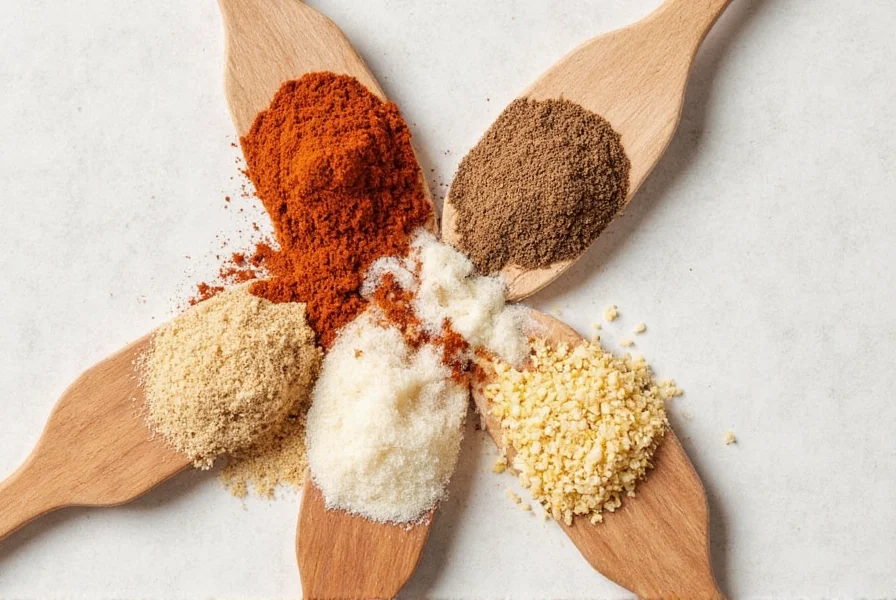
3. Cardamom
This exotic spice from South Asia is often used in Indian desserts like kulfi and chai tea. Its floral, citrusy notes make it a perfect stand-in for sugar in both sweet and savory dishes. Try it in baked apples or even in ground meat rubs for a surprising twist.
4. Cloves
While quite strong on their own, cloves can enhance the perception of sweetness when used sparingly. They’re great in mulled wines, pies, and spiced cakes where the warmth rounds out the overall flavor.
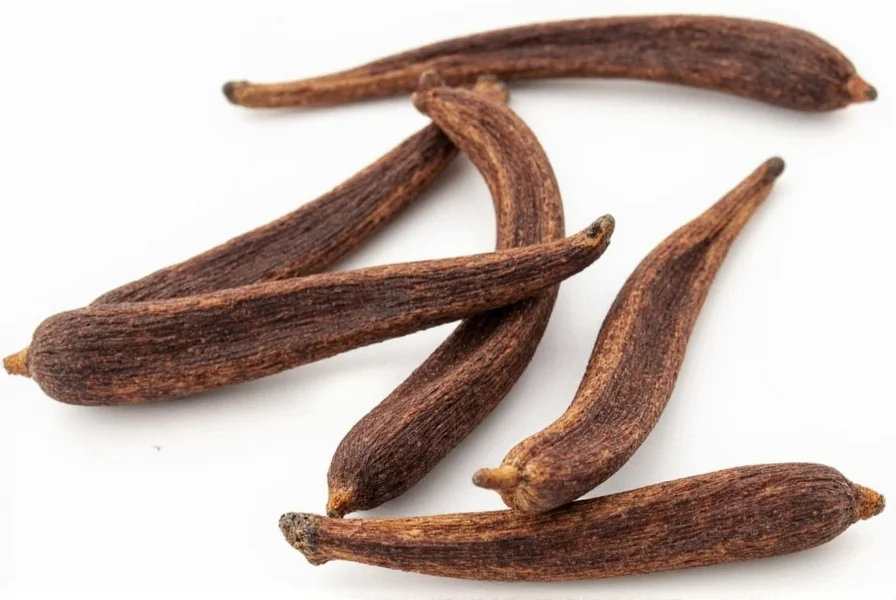
5. Allspice
Named because its flavor resembles a blend of cinnamon, nutmeg, and clove, allspice is an excellent sugar substitute in baking. It brings complexity and a slight sweetness to cookies, cakes, and glazes.
6. Vanilla Bean/Extract
Vanilla isn’t technically a spice, but it acts like one in terms of enhancing sweetness and rounding out flavors. High-quality vanilla extract or scraped beans can elevate plain yogurt, oatmeal, and even marinades.
Hacks to Replace Sugar Using Spices
Now that we know which spices pack a sweet punch, here are some real-world applications to swap sugar with spices — and sometimes other natural ingredients.
Hack #1: Oatmeal Makeover
Rather than sprinkling brown sugar over your oats, try a mix of cinnamon + cardamom + a splash of vanilla extract. The result? Warm, aromatic, and naturally sweetened breakfast bliss.
Hack #2: Baking with Spices
When making muffins, cakes, or cookies, reduce sugar by 25% and increase warming spices like nutmeg, allspice, or ginger. You’ll notice the flavor doesn’t suffer — it gets richer!
| Spice | Sweetness Level | Best For |
|---|---|---|
| Cinnamon | ★★★★☆ | Baked goods, hot drinks, porridge |
| Nutmeg | ★★★☆☆ | Smoothies, custards, sauces |
| Cardamom | ★★★★☆ | Desserts, meats, chai |
| Allspice | ★★★☆☆ | Pies, stews, breads |
| Cloves | ★★☆☆☆ | Mulled beverages, holiday bakes |
Hack #3: Infuse Your Sweeteners
Take your favorite natural sweetener (like honey, maple syrup, or coconut nectar) and infuse it with spices. Simply heat the sweetener gently with a few cinnamon sticks, star anise, or cloves. Strain after cooling and store in a glass jar. You now have a spiced-up sweetener that can jazz up everything from tea to pancake toppings.
Hack #4: Savory Swap
Did you know that spices can balance saltiness and bitterness too? In dishes like roasted carrots, black bean soup, or braised cabbage, a dash of cinnamon or allspice can help round out harsher flavors, acting like a natural sweetener in disguise.
Hack #5: Fruit Meets Spice
Fruit already contains natural sugars. Pairing it with certain spices enhances those flavors without needing additional sweeteners. Try baked pears with nutmeg and clove, or a berry compote with a hint of cardamom.
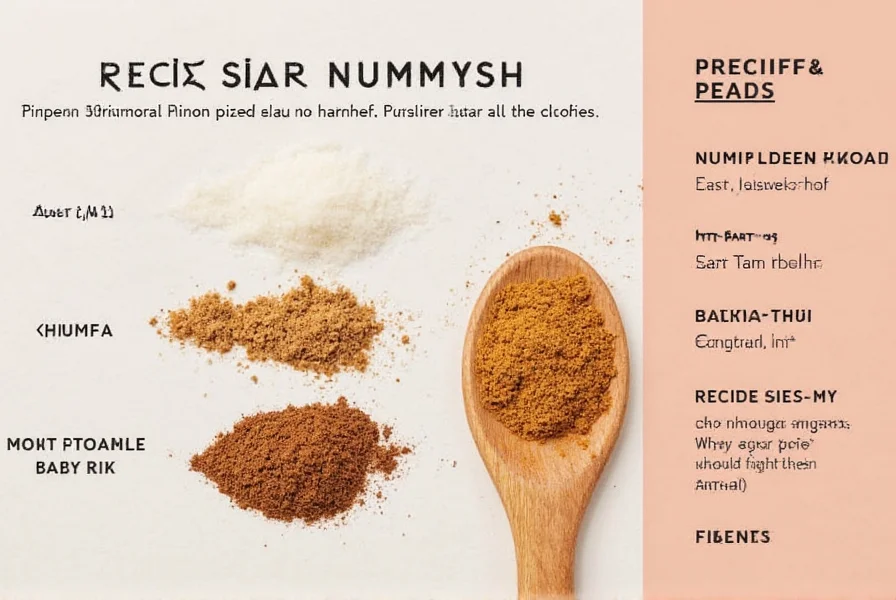
Storage Tips for Maximum Spice Power
To get the most out of your spice-based sugar substitutes, proper storage is key. Here's how to keep them fresh and potent:
- Whole vs. Ground: Whole spices (like cinnamon sticks, whole cloves, or nutmeg) last longer and retain flavor better than ground versions. Grind as needed for optimal potency.
- Air-tight Containers: Store in glass jars away from direct light, heat, and moisture.
- Labeling: Mark purchase dates to track freshness. Most ground spices stay potent for 6–12 months; whole spices up to 3–4 years.
- Freezer Storage: If you buy spices in bulk, store extra in the freezer to preserve flavor longer.
Buying Guide: Best Spice Brands for Substituting Sugar
If you're looking to build a spice collection focused on enhancing sweetness naturally, here are some top brands that deliver quality, freshness, and value:
| Brand | Features | Advantages | Use Cases | Occasions |
|---|---|---|---|---|
| Spice Hunter | Organic, sustainably sourced, and consistently flavorful | Premium quality with clear labeling | Baking, beverages, desserts | Daily use, gifting, gourmet meals |
| Penzeys Spices | Known for bold flavors and wide variety | Offers bulk discounts and fresh stock rotation | Homemade spice blends, family meals | Weekend cooking, meal prep |
| Simply Organic | Certified organic and fair-trade certified | Eco-conscious packaging and ethical sourcing | Healthy baking, green recipes | Wellness-focused diets |
| Frontier Co-op | Co-op owned, affordable pricing | Wide availability and reliable consistency | Everyday cooking, pantry staples | Family dinners, school lunches |
| La Flor | Specialty Latin American spices | Unique flavor profiles ideal for fusion cuisine | Mexican desserts, spiced teas | Cultural cooking, festive meals |
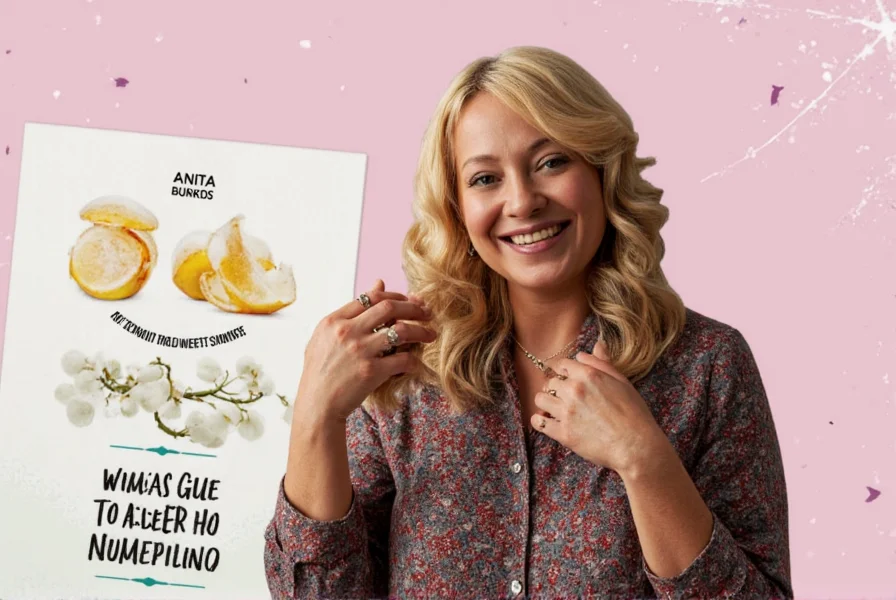
Recipes to Try
Ready to put these tips to the test? Here are three easy recipes that showcase how spices can do the work of sugar — or at least make you forget it’s missing.
Spiced Apple Cinnamon Oatmeal
- 1 cup rolled oats
- 2 cups unsweetened almond milk
- 1 tsp cinnamon
- ½ tsp nutmeg
- ¼ tsp vanilla extract
- Pinch of salt
- Chopped apple for topping
Cook the oats in almond milk over medium heat. Stir in spices and vanilla. Serve with fresh apple slices and a sprinkle of chopped nuts if desired.
Spiced Carrot Ginger Soup (Sugar-Free)
- 4 cups chopped carrots
- 1 onion, diced
- 1 tbsp olive oil
- 1 tsp ground cumin
- ½ tsp ground cinnamon
- ¼ tsp ground ginger
- 4 cups vegetable broth
- Salt to taste
Sauté onions in oil until soft. Add carrots, spices, and broth. Simmer until tender, then blend until smooth. Season with salt and serve with a dollop of plain yogurt or coconut cream.
Cardamom Almond Energy Balls
- 1 cup dates, pitted
- ½ cup almond butter
- ¼ cup ground almonds
- 1 tsp cardamom powder
- Pinch of sea salt
- Shredded coconut for rolling
Blend dates, almond butter, cardamom, and salt in a food processor until smooth. Roll into balls and coat in shredded coconut. Chill before serving for a healthy snack.
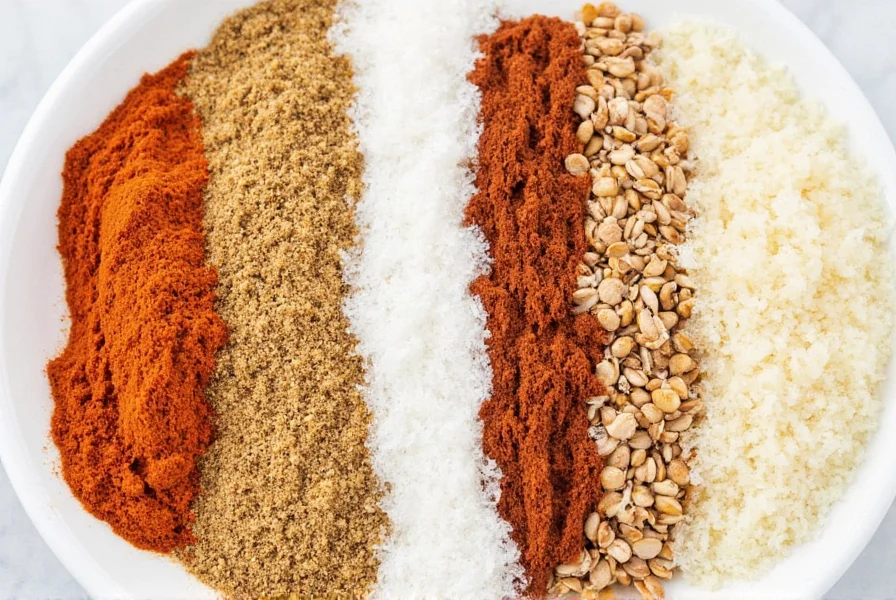
Frequently Asked Questions
Can spices actually replace sugar's sweetness without adding calories?
Spices don't contain sugar or calories themselves, but they enhance your perception of sweetness through aromatic compounds. Cinnamon, cardamom, and vanilla contain vanillin and other molecules that activate sweetness receptors on your tongue, creating the sensation of sweetness without actual sugar. According to a 2020 study in the Journal of Food Science, cinnamon's active compounds can enhance sweetness perception by up to 30% without added sugar.
How much sugar can I realistically replace with spices in baking?
You can typically reduce sugar by 25-50% in most recipes by strategically increasing complementary spices. For example, in cookie recipes, cutting sugar by 1/4 cup while adding an extra 1/2 teaspoon of cinnamon or cardamom often yields indistinguishable results. For yeast-based breads or delicate cakes, start with a 25% reduction. Always pair spice increases with other natural sweet enhancers like vanilla, citrus zest, or fruit purees for best results.
Which spices work best for replacing sugar in coffee or tea?
Cinnamon sticks, whole cloves, and cardamom pods are exceptional for beverages. Add 1 cinnamon stick to your coffee grounds before brewing, or simmer black tea with 2-3 crushed cardamom pods and a single clove. These spices release their sweet-perceiving compounds gradually in hot liquids. For instant effect, stir in 1/8 teaspoon of freshly grated nutmeg or cinnamon powder after pouring. Avoid pre-ground spices in hot liquids as they can become bitter.
Do spice-based sugar substitutes affect blood sugar levels?
Unlike sugar, the spices discussed contain negligible carbohydrates and won't raise blood glucose. In fact, cinnamon has been studied for its potential to improve insulin sensitivity. However, be cautious with pre-made spiced sweeteners (like infused honey or maple syrup) as they still contain natural sugars. For true blood sugar management, use spices with unsweetened bases like plain yogurt, unsweetened almond milk, or whole fruits rather than adding them to existing sweeteners.
What's the biggest mistake people make when trying to substitute sugar with spices?
Overcompensating with too much spice too quickly. Spices work cumulatively with your taste buds, so start with half the amount you think you need. For example, begin with 1/4 teaspoon of nutmeg instead of 1/2 teaspoon in a recipe. Remember that spices enhance sweetness perception but don't replicate sugar's texture or browning properties. Successful substitution requires combining spices with other techniques like using ripe fruits, roasted vegetables, or sugar-free sweet enhancers like monk fruit extract for complex results.
Conclusion
Substituting sugar doesn’t mean sacrificing sweetness — it means getting creative with what nature offers. Spices are powerful tools in your kitchen arsenal, not just for adding flavor, but for tricking your brain into perceiving sweetness naturally.
Whether you’re looking to cut back on sugar for health reasons, dietary preferences, or simply to expand your flavor palette, spices offer a versatile and flavorful solution. From everyday meals to special treats, integrating these sweet-enhancing spices can make a noticeable difference.
So go ahead — reach for that cinnamon stick, crush a few cloves, or grind some cardamom pods. Your taste buds — and your waistline — will thank you!










 浙公网安备
33010002000092号
浙公网安备
33010002000092号 浙B2-20120091-4
浙B2-20120091-4